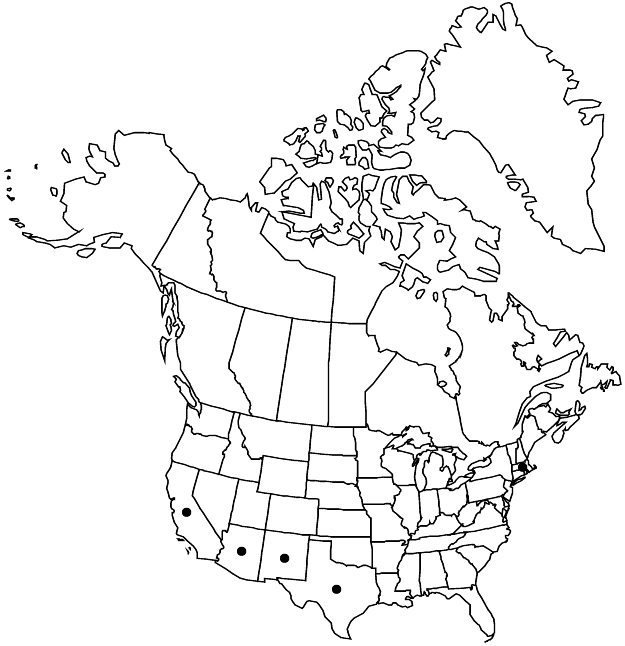Rumex violascens
Repert. Spec. Nov. Regni Veg. 39: 171. 1936.
Plants annual or biennial, sometimes short-lived perennial, glabrous, with fusiform, vertical or oblique rootstock. Stems erect, branched above middle, 25–75 cm. Leaves: ocrea deciduous or partially persistent at maturity; blade oblong-lanceolate to obovate-elliptic, 6–12(–15) × (2–)3–4(–5) cm, less than 4 times as long as wide, not coriaceous, occasionally subcoriaceous, base broadly cuneate or rounded, occasionally truncate, margins entire, flat or, rarely, weakly undulate, apex obtuse, rarely subacute. Inflorescences terminal, occupying distal 1/2 of stem, usually lax, interrupted, broadly paniculate; branches usually distinctly arcuate and flexuous. Pedicels articulated in proximal 1/3, filiform, 3–8 mm, articulation distinctly swollen. Flowers 10–20 in rather dense remote whorls; inner tepals deltoid or triangular-deltoid, 2.5–3.7(–4) × 2–2.8(–3) mm (excluding teeth), ca. 1.5 times as long as wide, base truncate, margins dentate or rarely subentire, apex acute to subacute, teeth 2–3, normally at each side of margins, triangular, 0.2–0.5 mm; tubercles 3, unequal or, occasionally, subequal, normally less than 2 times as wide as inner tepals. Achenes brown or reddish brown, 1.8–2.3 × 1.2–1.5 mm. 2n = 20.
Phenology: Flowering late spring–summer.
Habitat: Wet habitats along streams, river valleys
Elevation: 0-500 m
Distribution

Ariz., Calif., Mass., N.Mex., Tex., n Mexico.
Discussion
The name Rumex berlandieri was misapplied to this species by some botanists who followed W. D. Trelease (1892).
This native species is poorly known taxonomically; it probably is distantly related to Rumex obovatus and R. paraguayensis. Rumex flexicaulis Rechinger f., a species possibly conspecific with R. violascens, occurs in Mexico.
Selected References
None.